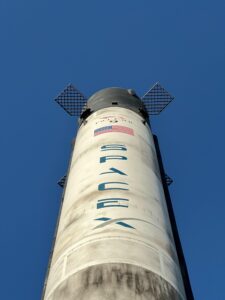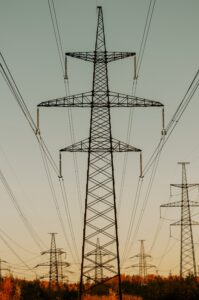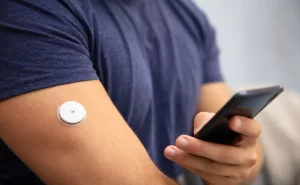Virginia Tech researchers receive grant to create way for developing underground power lines

source: https://www.wdbj7.com, contributed by FAN, Steve Page | image: vt.edu
BLACKSBURG, Va. (WDBJ) – There are thousands of power lines underground that allow us to use our phones, laptops and devices daily.
A Virginia Tech research team will be using a grant from the U.S. Department of Energy Advanced Research Projects Agency-Energy(ARPA-E) to develop new technology that will enhance how underground power lines are made.
“The problem that we’re trying to solve is challenges with the current way our electrical grid [is] set up,” said Dr. Joseph Vatassel, an assistant professor with Virginia Tech’s Department of Civil and Environmental Engineering. “So most of our electricity that we get to our homes, or to our businesses is through overhead power lines.”
Dr. Vantassel will lead a team to revamp how underground power lines around the country are built.
“What we’re looking at is the alternative of drilling underneath the ground. And this is something that’s been done. It’s very expensive right now, it’s very risky right now,” Dr. Vantassel adds.
The research is being funded by a $2.5 million grant for technology designed to make underground drilling safer.
“What we’re proposing is a system that is going to allow the drill operator to essentially see ahead of where they’re drilling,” explained Dr. Vantassel. “So we have sensors on the drill head itself. We have complementary sensors at the ground surface. And then we’re going to use this artificial intelligence machine learning predictive model to take the data coming from the drill head, the data we’re measuring at the surface, put that all together and present it to the drill operators.”
Congressman Morgan Griffith (R- 9th District) announced the grant on behalf of ARPA-E. He said he is excited for this project because is important now more than ever
“Whenever you have high winds and cold temperatures, you are more likely to have power outages as we as we see here,” said the Congressman. “Same thing with ice storms. The reason that your power goes out in an ice storm is that ice builds up on the lines and the lines collapse.”
Underground power lines can also help prevent catastrophes like the fires in Maui we saw last year.
“We held a hearing last year related to the Maui fires, which were caused by power line,” explained Congressman Griffith “If they’d been underground, you wouldn’t had those problems.”
Congressman Griffith also mentioned as technology advances, our power grids need to as well.
“There’s so many more electrical devices, we are going to have to put in more power lines and the more that we can do, where we’re able to do some of that underground, the stronger the grid’s going to be. I think that’s important,” he said.
Although the research will be based at Virginia Tech, Dr. Vantassel says the research will not only impact our hometowns; it will help the entire country.
“The idea is really to develop this system to be used across the United States. So we’re looking not just at how do we improve the electrical system here at Virginia Tech, but really across the whole us,” said Dr. Vantassel. The whole United States has these challenges with how do we underground utility lines. And I think that’s why you’re seeing the Department of Energy put so much resources behind developing these projects, funding our project, and all of these.”
Dr. Vantassel is teaming up with colleagues at Virginia Tech along with Brigham Young Universityand the Colorado School of Mines. He plans on using grant money to begin research immediately.











